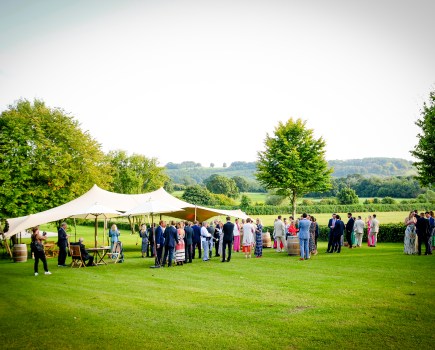Recently Sam Doncaster returned to Germany, where he had the good fortune to attend several wine tastings.
One of these wine tastings was a collection of recently released new variety wines, as made in micro-vinification form by a local research station.
For practical purposes they all get picked on the same day, and are hustled through the wine making, finished and bottled, all in a similar manner. All in tiny quantities as they are from very young vines.
Two wines really appealed to me, and I thought that they gave such a full roundness of ripe flavour that perhaps they might also do well in a slightly cooler climate, ie further north.
Another wine showed quite distinct Riesling characteristics, (flavour and structure,) and where it impressed the tasters so much, five of us, that we promptly finished the bottle!
The final interesting wine was a red, a dark ‘tone’ of red, but light in extraction (pale.) This had agreeable light bitter cherry flavours with a moderate Pinot Noir type of tannic depth. Not overly heavy, yet not insignificant, just very pleasant.
All of these vines carry the latest available complex multi-genetic resistance to fungal infection, whilst also indicating an interesting possible early ripening time.
Naturally work such as this is being duplicated now across Europe, where breeding teams are turning out new wine making varieties of vines in almost every wine making country.
For me it is the application of the unusual and very early ripening characteristics, that could allow fuller and more complex flavours and right out on the margins of a cool climate that interest me the most. Especially so for the making of still, or ‘table’ wines.
This should allow much constructive work to be undertaken, where growers and winemakers are able to team together, making consistently better wines as well as viable and sustainable businesses.
There are times that I wonder about how much manipulation of a ‘must’ is worth considering, whilst making wine from grapes that are less than fully developed. After all not only is there a lack of sugar, is it right that perhaps 20% of the resulting alcohol in a wine comes from ‘crystal sunshine?’ Does this not also indicate a diminished potential in possible fuller ripeness of flavour as well?
And are there not ‘shadows’ within a wine from chemical de-acidification? (Or perhaps a slightly ‘soapy’ character).
Of course this is not so applicable to sparkling wines, where their processing stems from a base point of earlier picking, and where the grapes have already reached a desired ‘specification’ of ripeness. The other ‘built’ flavour development coming from wine making skills, and activities, (lee’s aging etc).
Previously I have written my views on grapes being ‘fit for purpose’, regarding wine making.
In doing so I clumsily wrote, and in an ill-considered form, an association to Halfpenny Green Wine Estate, where I had been working.
This was not to say in any manner that the wines made there were sub standard. Far from it as the wine making team worked in an admirable fashion to craft the best that they could.
In doing so they produce many fine wines for both their own brands, and for those of their contract wine making customers.
I regret thoughts that my remarks might have caused, suggesting that the wines could have been otherwise, and for which I apologise.




